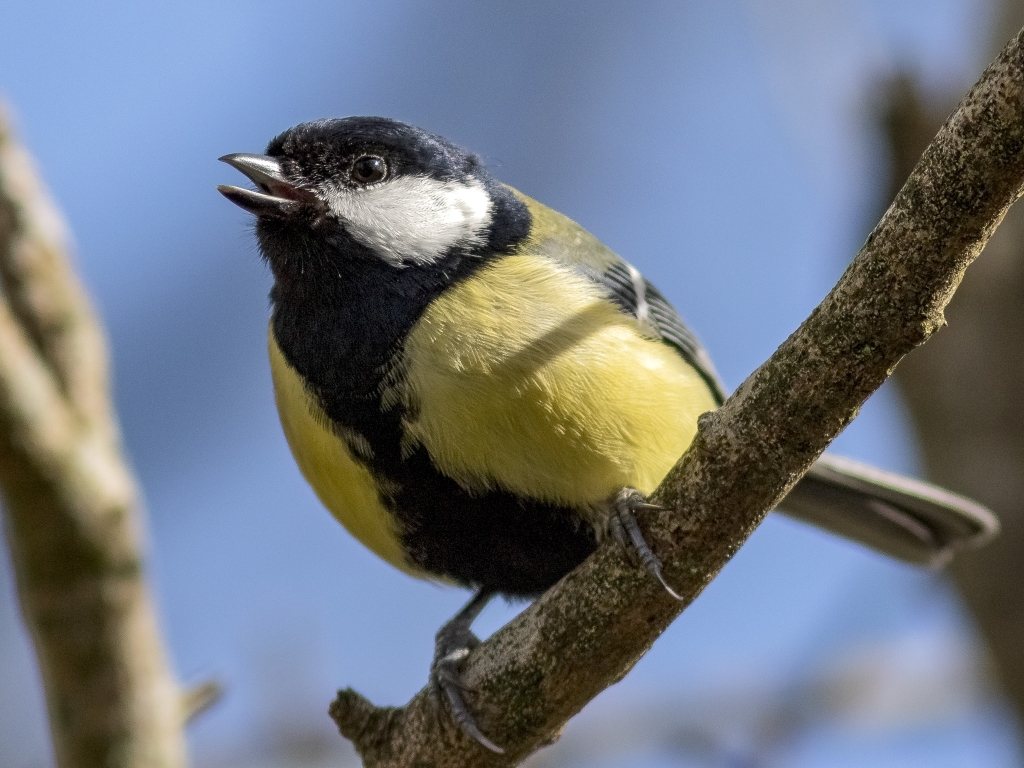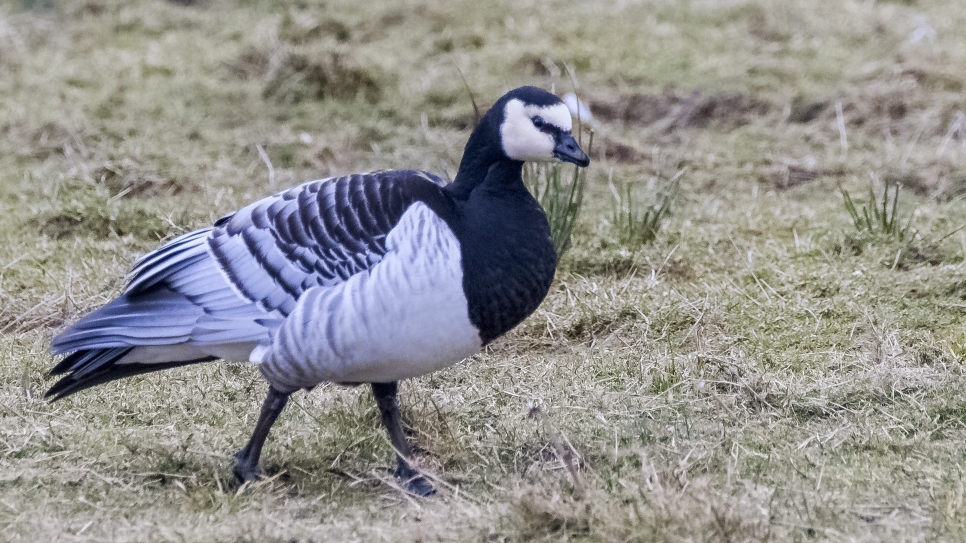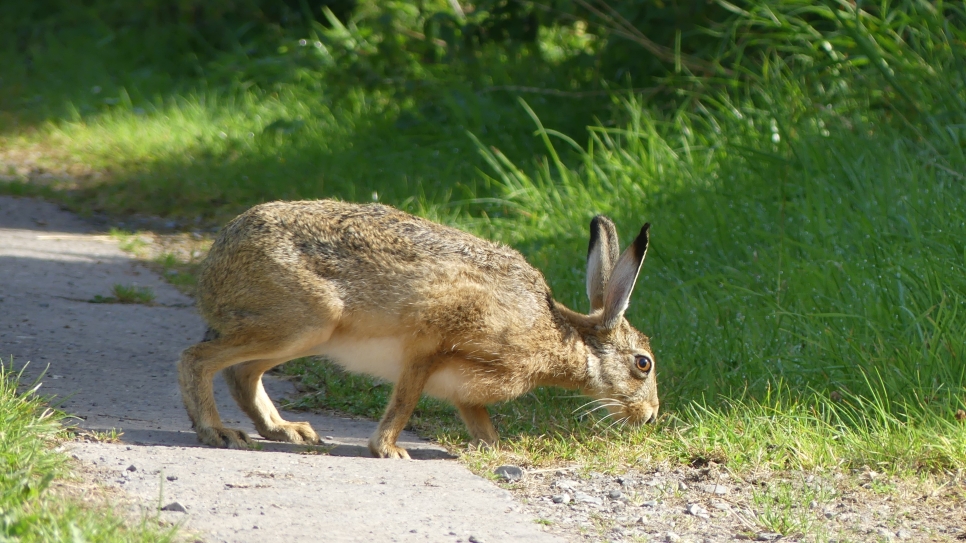Better than TV?
Living on site definitely has its perks especially when the northern lights occur. Being that little bit more out of the way here at Caerlaverock (some would say in the middle of nowhere!) the light pollution is minimal so a clear night sky can be the brightest thing around.
The name aurora borealis is derived from a combination of the Roman goddess of dawn, Aurora, and the Greek god of the north wind, Borea. This spectacular display of greens, purples and reds is a result of charged particles from the sun hitting gases in our atmosphere. Around the North Pole, they occur when the solar wind carrying these charged particles interacts with our magnetic field.

As I step outside and stand on my doorstep, I look up at the sky to marvel at the cloudless canvas. The stars twinkle and shine so brightly, the North star guiding the way for them all. I notice glows of green and rays of red swirling around the stars, faintly visible to the naked eye. It was difficult to resist taking a late-night walk around the reserve to wonder at the beauty.
As I wander along the Saltcot loaning, I make a quick stop at Sharp’s Lookout to gaze out across the Folly Pond over to Criffel in the distance. Lights emanate from the peak, swirling and cascading in dynamic flickers across the sky.

In 2024, we have seen a spike in the frequency of northern light sightings. What used to be a once in a lifetime event has become more common due to the sun experiencing a maximum in its 11-year cycle. This leads to an increased number of sunspots that cause these coronal mass ejections creating these beautiful night skies. Hopefully in my time here at Caerlaverock, there will be many more displays like this providing my entertainment for the night!
Words and pictures by Rebekah Allison



